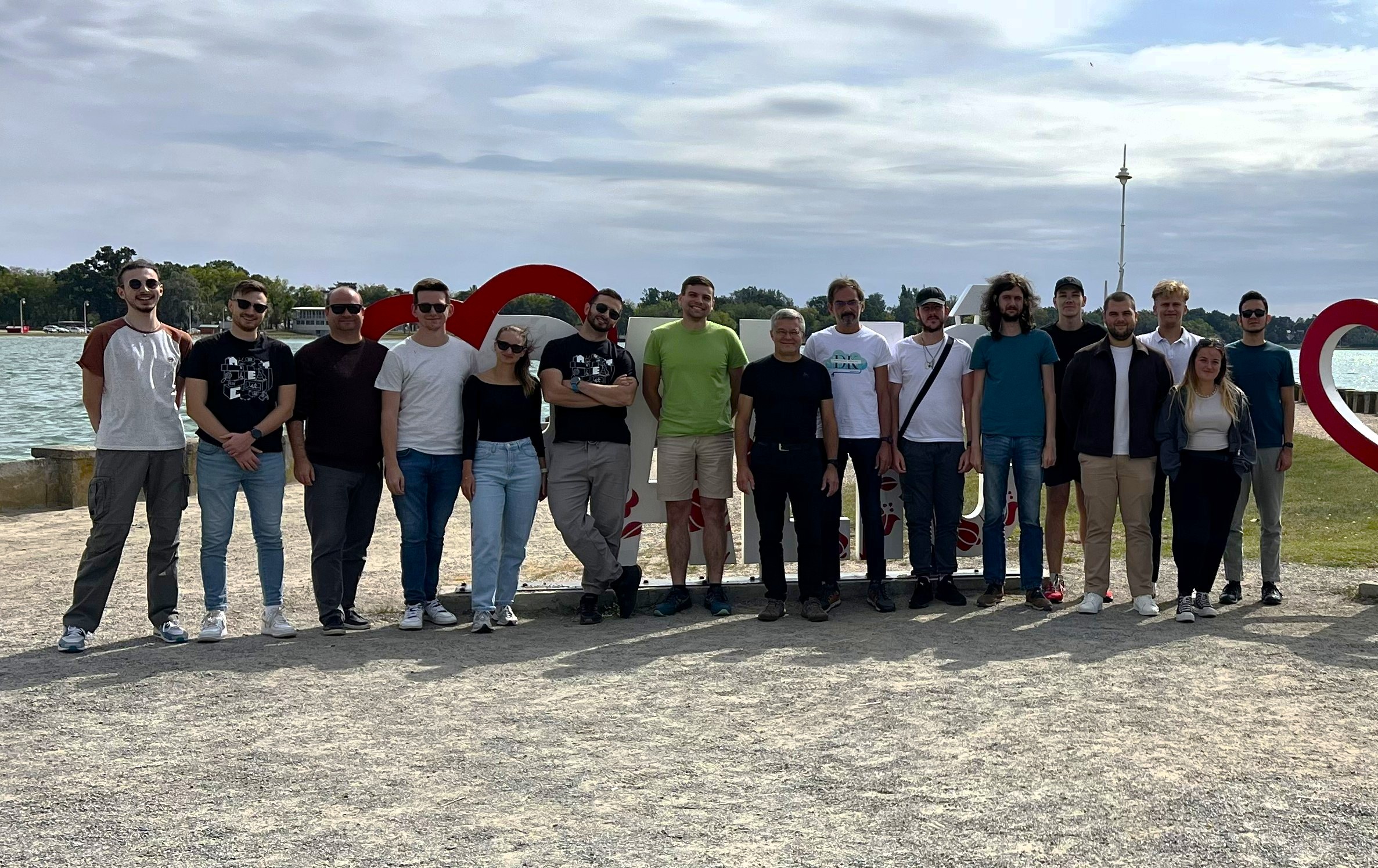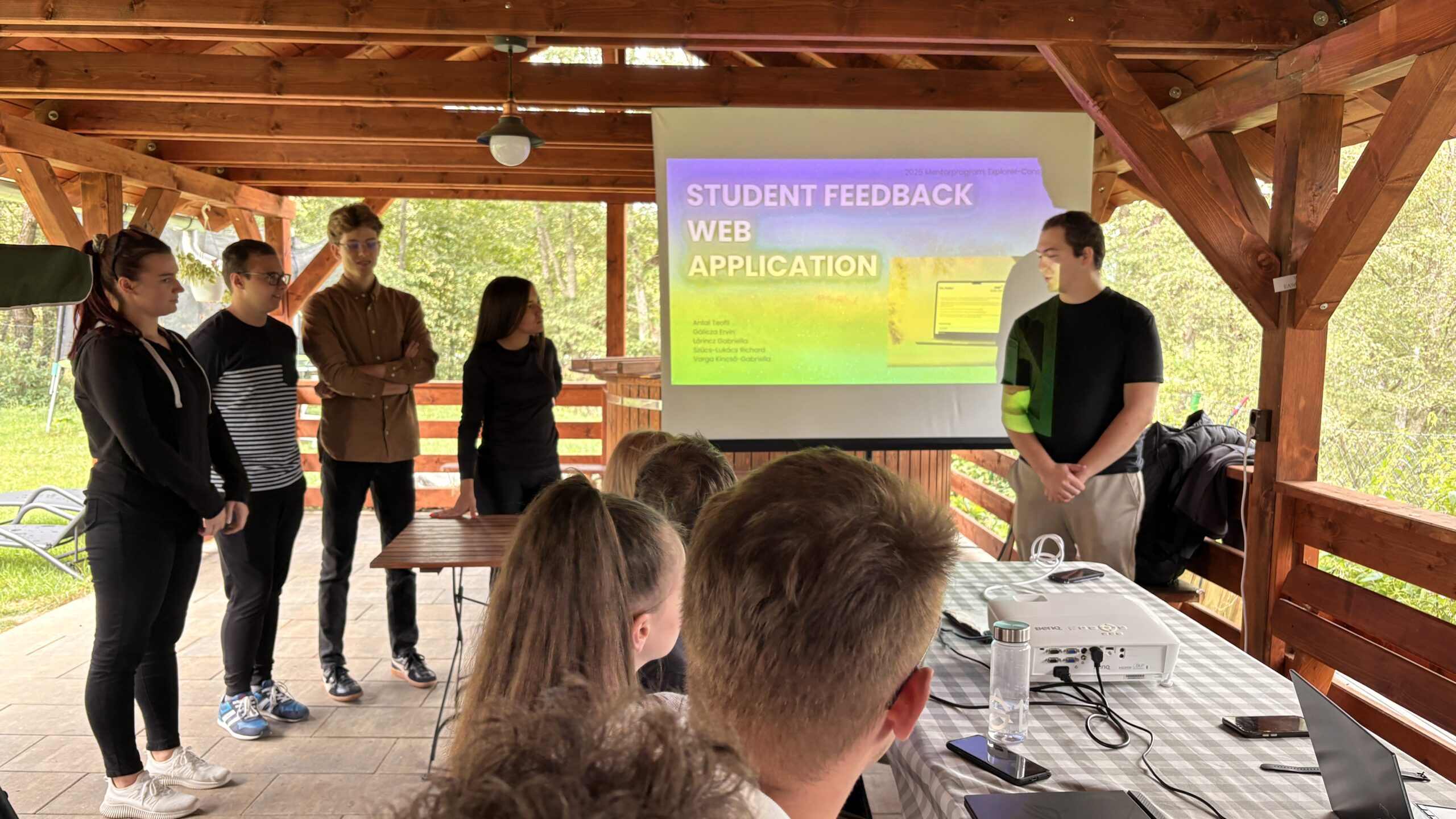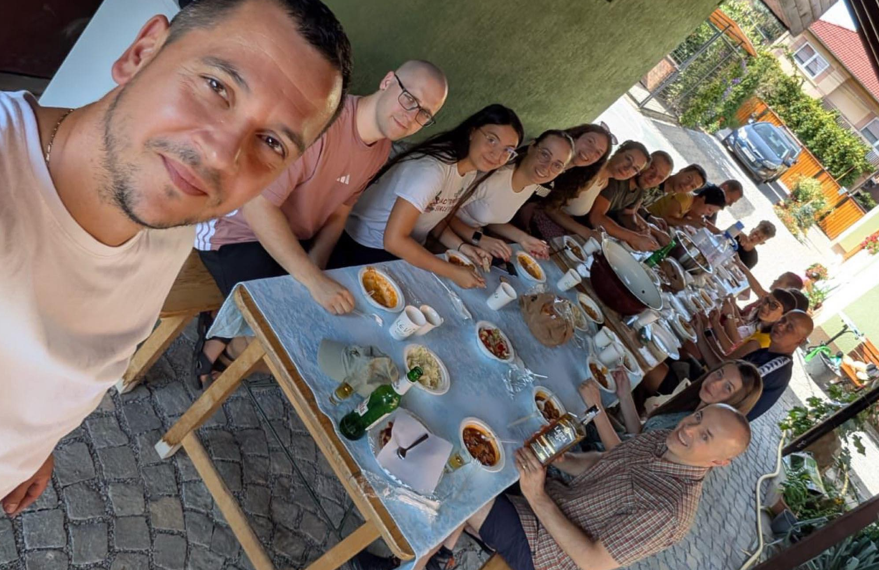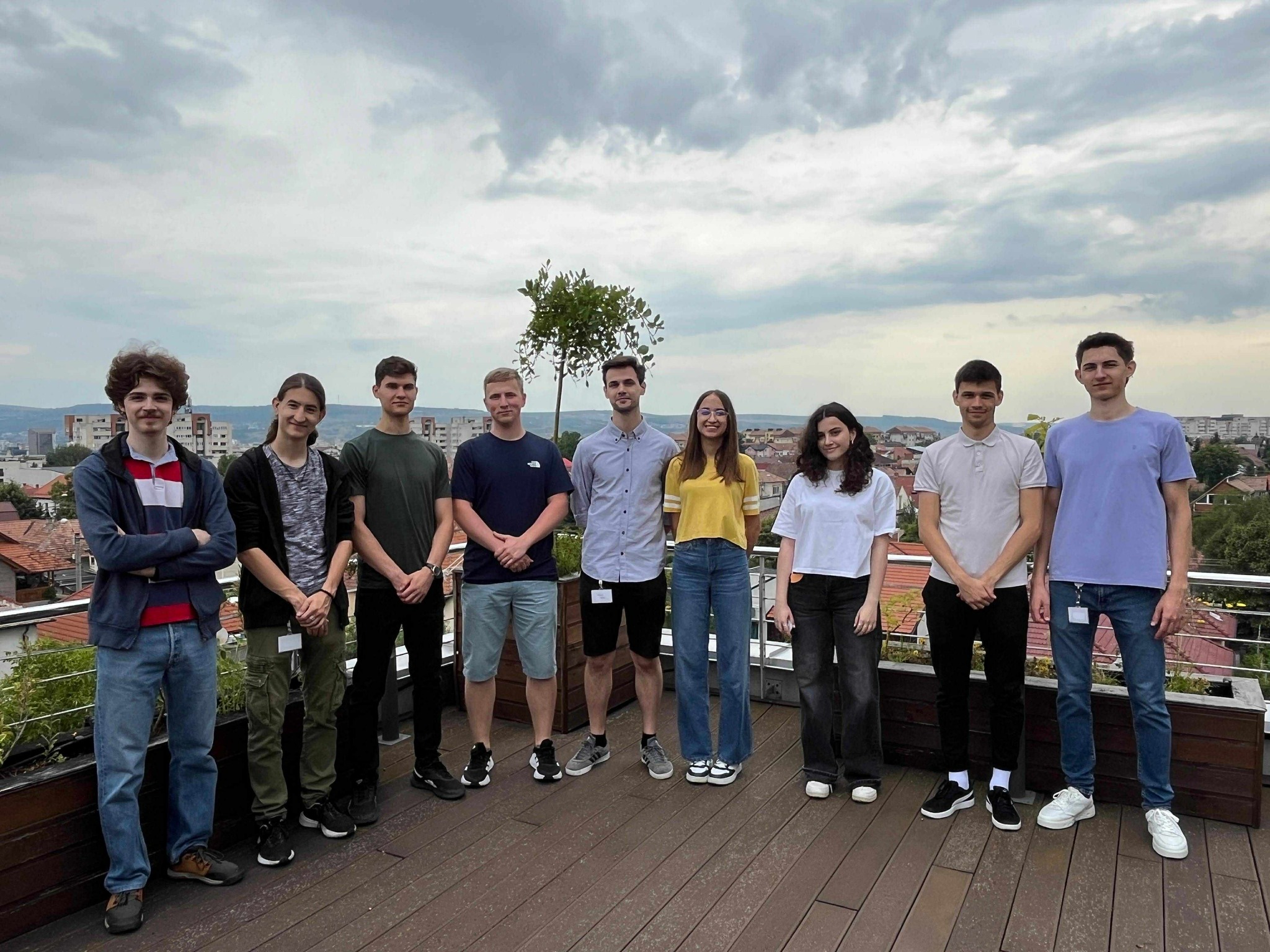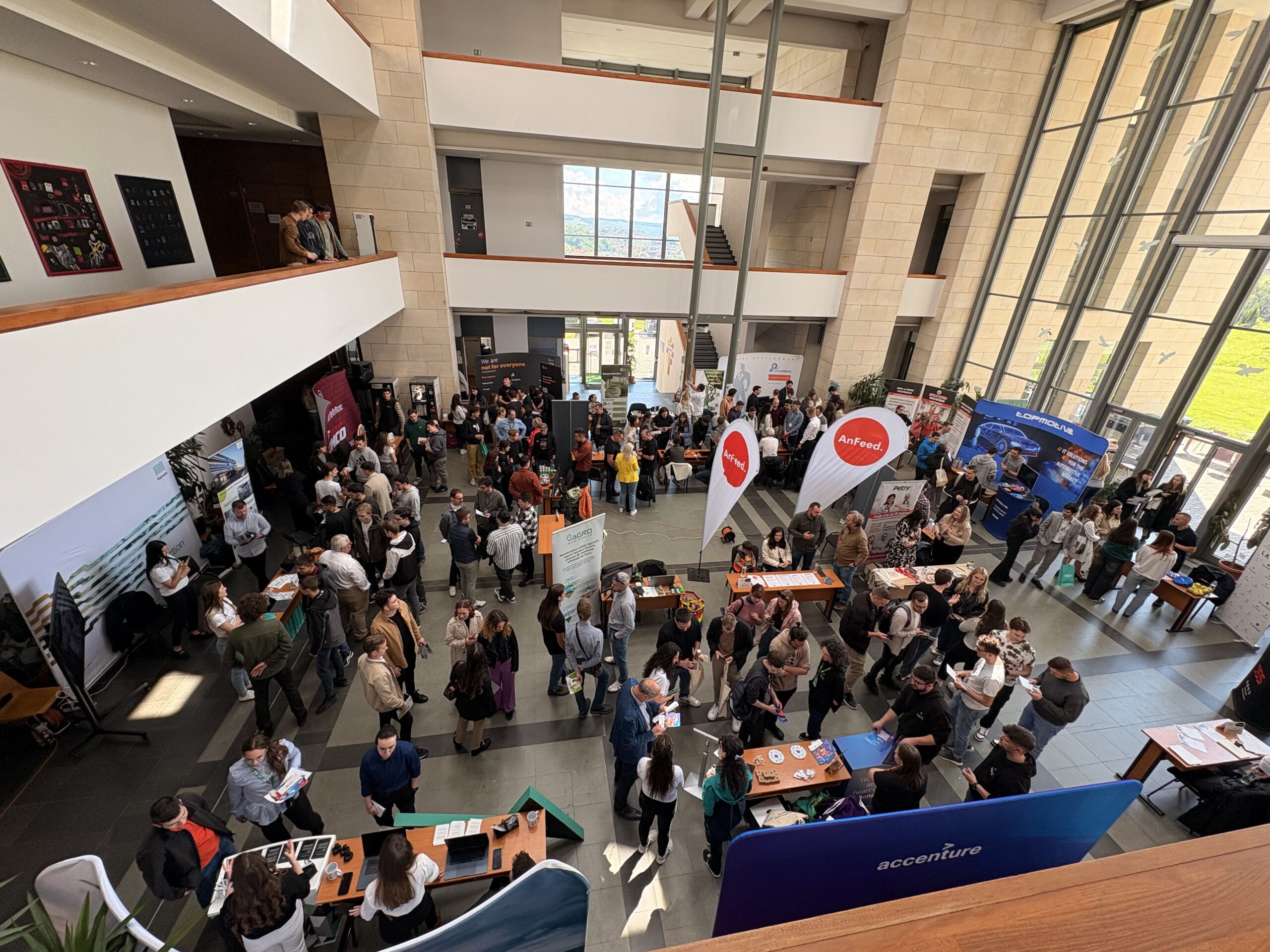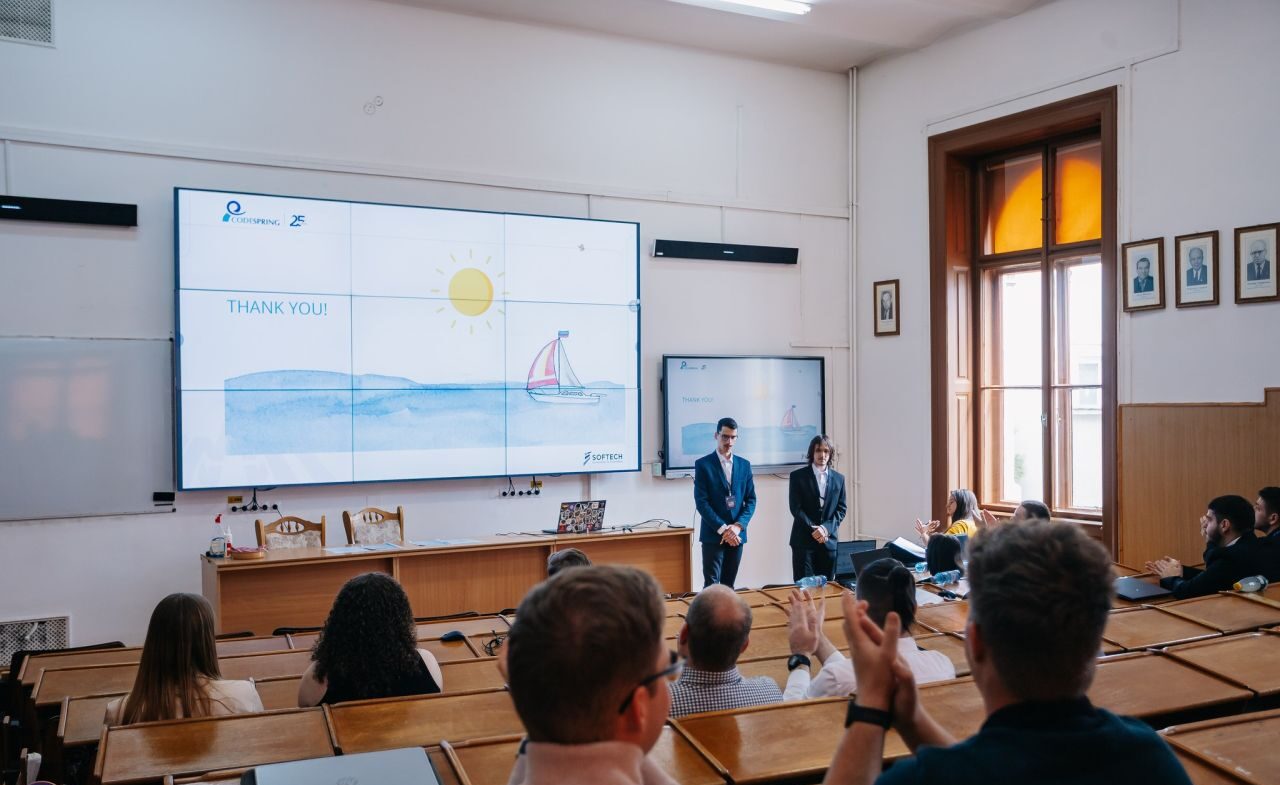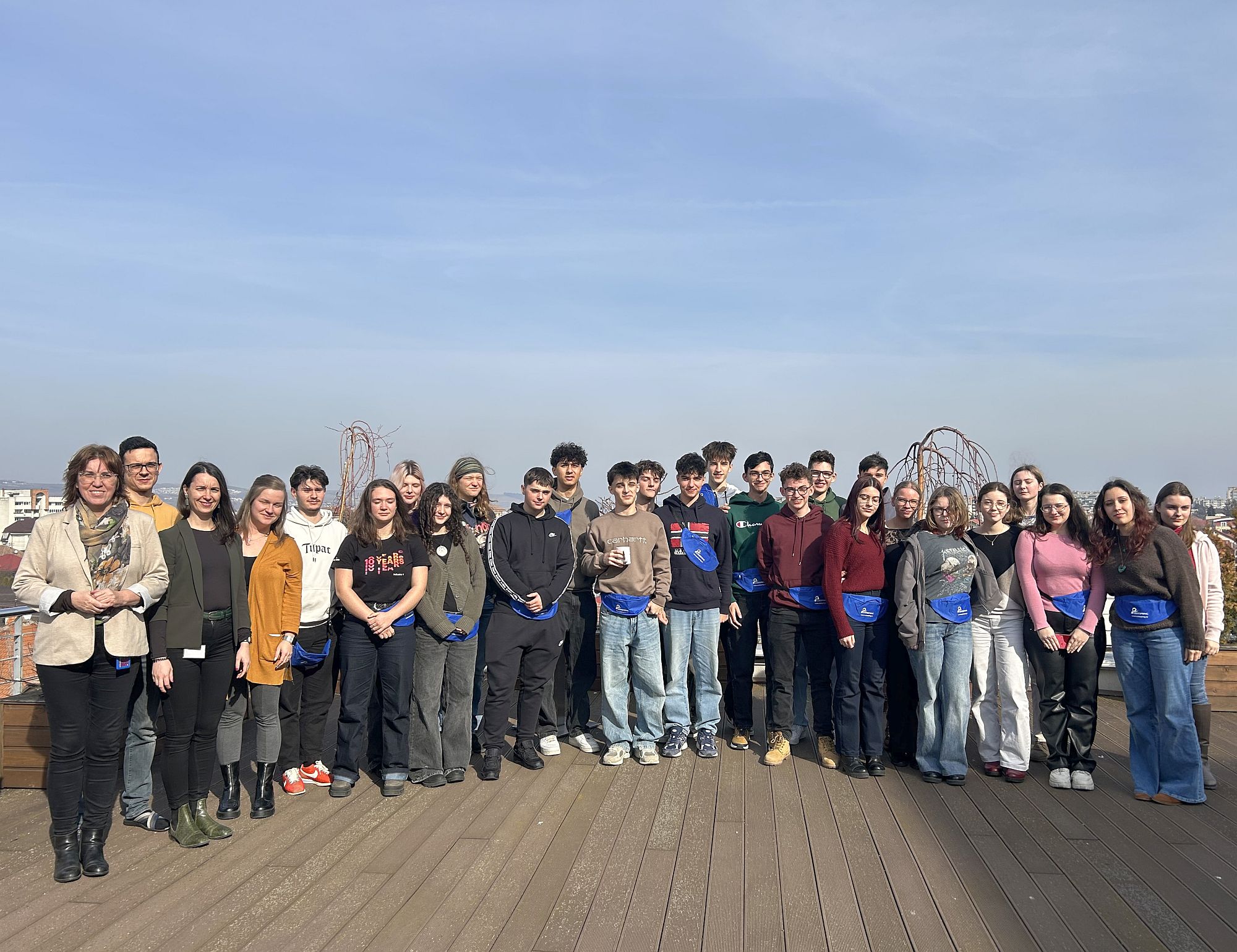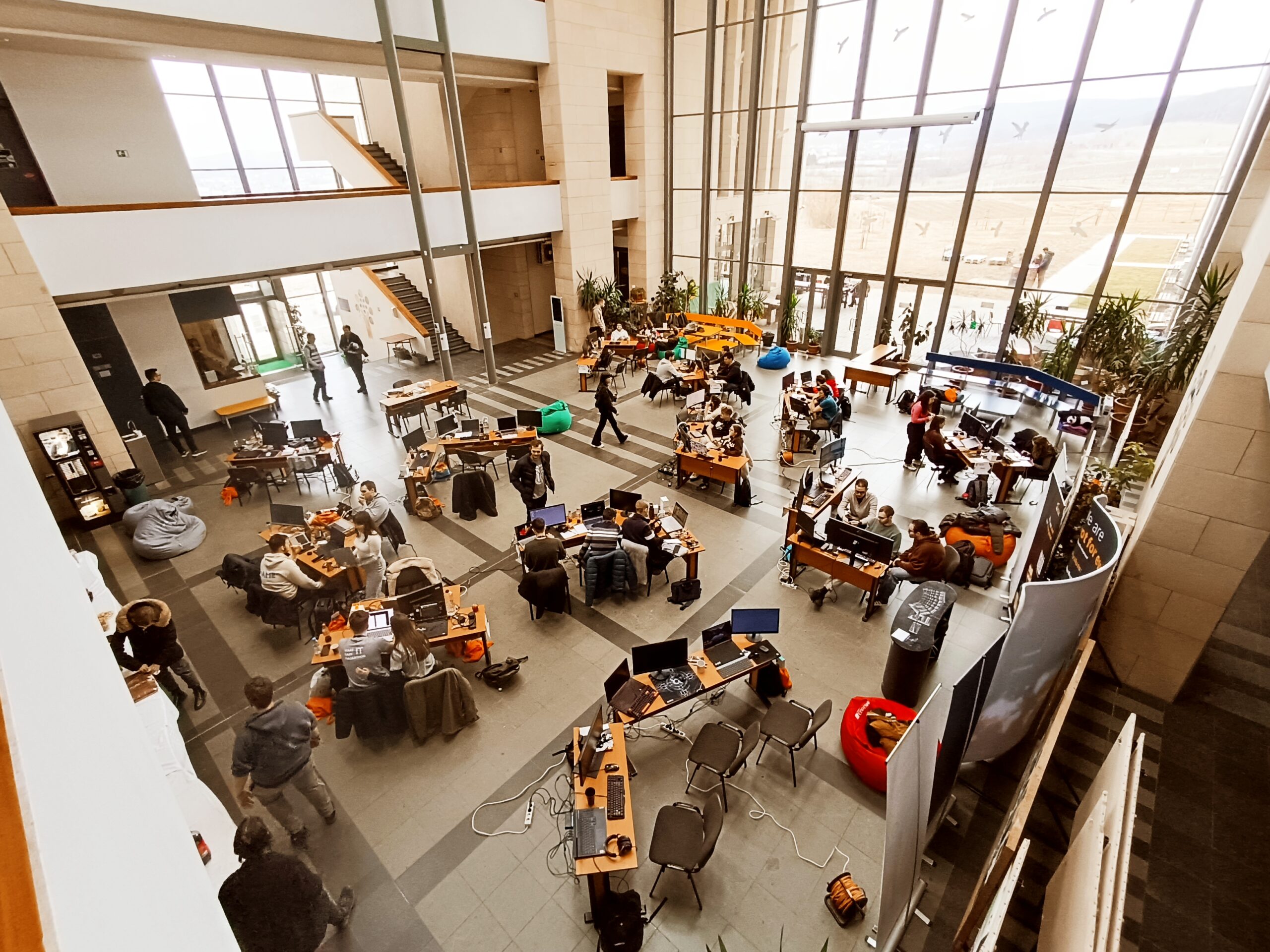
Dramatic Growth Trends Forecasted for Connected-Home Category
In January 2015, the Connected-Home Report issued by BI Intelligence highlights the following global trends:
- Connected-home device shipments will grow at a compound annual rate of 67% over the next five years, much faster than smartphone or tablet device growth, and hit 1.8 billion units shipped in 2019, according to BI Intelligence estimates. Connected-home devices include all smart appliances (washers, dryers, refrigerators, etc.), safety and security systems (internet-connected sensors, monitors, cameras, and alarm systems), and energy equipment like smart thermostats and smart lighting.
- The connected-home category will make up about 25% of shipments within the broader Internet of Things category this year, but that share will increase gradually to roughly 27% in 2019 based on our forecast, as growth in other IoT areas picks up.
- Connected-home device sales will drive over $61 billion in revenue this year. That number will climb at a 52% compound annual growth rate to reach $490 billion in 2019.
- Home-energy equipment and safety and security systems, including devices like connected thermostats and smoke detectors, will become popular first, leading the way to broader consumer adoption.* (source: http://www.businessinsider.com/connected-home-forecasts-and-growth-2014-9)
Both the connected-home and the connected-car are phenomena that people in highly connected societies have been educated for. The latest year’s technologies have pushed the development of devices and systems that can implement these two concepts. There are however challenges of integrating digital Internet technologies with physical infrastructure.
Applications of the Connected-Home Field
The Connected-Home requires a well woven fabric of devices, connections, data and processes. The highest state of a connected-home leads to the materialization of the intelligent house/home. The main applications focus on home automation, home monitoring, and home security, tracking of devices or beings and the smart home hub.
In home automation the main challenge is to put into correct interactions the following: sensors (that detect variations of temperature, humidity, light and motion), controllers (PC or home automation dedicated controllers), actuators (motors, switches or even virtual instrumentation), buses for communication (wired or wireless) and interfaces for H2M and/or M2M intercations. The final goal is to achieve efficient home management and increase personal comfort.

That’s how we get to the third critical aspect of the connected-home: home security. Designing a sound security system is more than a traditional anti-theft and alarm system. It should also feature residents’ security and pet security tasks. Video monitoring, live or one-demand video streaming, lights control, locks control and remote access to the recordings and in the system can now be integrated in a complex real-time or near real–time system.
Tracking the residents’ keys, phones, cars, pets or the resident themselves require a set of mobile dedicated equipment and a clear alert system. The convergence of GIS, GPS, RFID and WLAN technologies are used to create location-tracking and location-based systems.
In the end, in order to control and connect as simply and intuitively possible the final piece of hardware is mandatory: the hub. Smart home automation hubs are actually a one-stop solution for unifying the connected gadgets, and controlling them from one simple app. Depending on the connectivity protocols – Bluetooth LE, Lutron ClearConnect, Wi-Fi, Z-Wave, ZigBee – you ought find a hub that support as many of these standards as possible. IFTTT (If This Then That) is desirable, since it will allow multiple ways to configure your connected devices.
Codespring Experience with Connected Home Technologies
Codespring has been involved in projects having as final purpose the delivery of smart buildings, or even more specific goals such as smart warehousing. From these large scale industrial projects it was a natural step to enter in the development of smart home solutions with specialized technology partners.
“Those projects that require embedded and mobile programming expertise (e.g. IoT – Internet of Things), especially applications that run on dedicated hardware are part of Codespring’ toughest points. In the connected home field we have been seeing new use cases emerging. We can also clearily distinguish two connected home frameworks: inter-device interoperability and intra-device interoperability.” States eng. Walter Brem – Codespring, COO.
Eng. Török-Vistai Tamás – Project Manager continues as follows: “Building technology solutions that deliver personalized comfort, safety and energy savings in an effortless manner for the end user are the main requirements when speaking about connected homes. From the technical perspective, connecting objects and systems in a single and easy to use system is quite challenging. There are a few platforms that enable connected homes: from the simple IFTTT that has channels for a variety of sensors to the Arduino based Temboo or The Thing System, for example. “
As a final thought, rethinking our homes is an essential aspect of the modern society. Therefore the connected home is at the core of the current information technology researches and development project. Based on the connected homes or smart homes, we will be able to develop connected cities or smart cities, therefore a connected world.
(Diana Ciorba)

